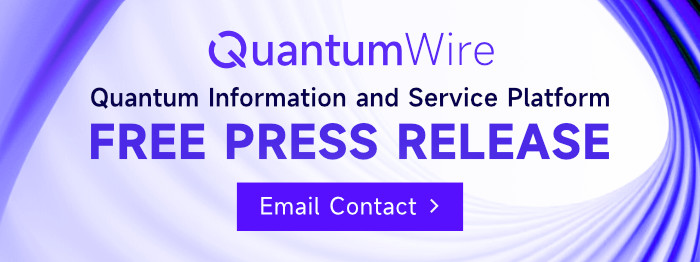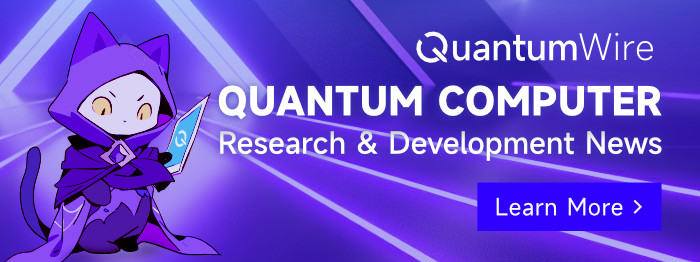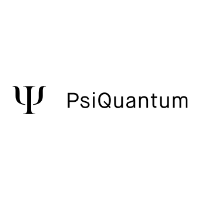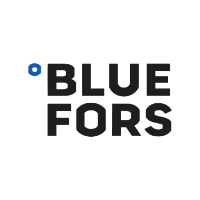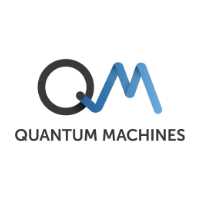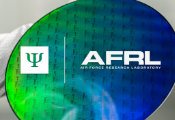Meters Closer, Miles Faster: HKUST Engineering Researchers Introduce Novel Cryogenic In-Memory Computing Scheme to Bridge AI With Quantum Computing
Meters Closer, Miles Faster: HKUST Engineering Researchers Introduce Novel Cryogenic In-Memory Computing Scheme to Bridge AI With Quantum Computing
Scholars at the School of Engineering of the Hong Kong University of Science and Technology (HKUST) have unveiled an innovation that brings artificial intelligence (AI) closer to quantum computing – both physically and technologically.
Germanene Nanoribbons Pave the Way for Quantum Computing
Germanene Nanoribbons Pave the Way for Quantum Computing
If you start with a two-dimensional ribbon and make it narrower and narrower, when does it stop being a ribbon and start being a one-dimensional line? Scientists from Utrecht University and the University of Twente made one-atom-thick ultrathin nanoribbons consisting of germanium atoms. They have shown that this system exhibits amazing properties that can be useful, for example, in quantum computing. Their work was recently published in Nature Communications.
POSTECH and Japan’s NIMS Identify Edge Dependence of Electron Transport in Bilayer Graphene
POSTECH and Japan’s NIMS Identify Edge Dependence of Electron Transport in Bilayer Graphene
Electron transport in bilayer graphene exhibits a pronounced dependence on edge states and a nonlocal transport mechanism, according to a recent study led by Professor Gil-Ho Lee and Ph.D. candidate Hyeon-Woo Jeong of POSTECH’s Department of Physics, in collaboration with Dr. Kenji Watanabe and Dr. Takashi Taniguchi at Japan’s National Institute for Materials Science (NIMS). The findings were published in the international nanotechnology journal Nano Letters.
Novel Graphene Ribbons Poised to Advance Quantum Technologies
Novel Graphene Ribbons Poised to Advance Quantum Technologies
Researchers from the National University of Singapore (NUS) have recently achieved a significant breakthrough in the development of next-generation carbon-based quantum materials, opening new horizons for advancements in quantum electronics.
In Step Forward for Quantum Computing Hardware, IU Physicist Uncovers Novel Behavior in Quantum-Driven Superconductors
In Step Forward for Quantum Computing Hardware, IU Physicist Uncovers Novel Behavior in Quantum-Driven Superconductors
A new study has uncovered important behavior in the flow of electric current through superconductors, potentially advancing the development of future technologies for controlled quantum information processing. The study is co-authored by Babak Seradjeh, Professor of Physics within the College of Arts and Sciences at Indiana University Bloomington, with theoretical physicists Rekha Kumari and Arijit Kundu of the Indian institute of Technology Kanpur. While the study is theoretical, the research team confirmed their results through numerical simulations. Published in Physical Review Letters, the world’s premier physics journal, the research focuses on “Floquet Majorana fermions” and their role in a phenomenon called the Josephson effect, which could lead to more precise control of the dynamics of driven quantum systems.
Physicists Uncover Behavior in Quantum Superconductors That Provides a New Level of Control
Physicists Uncover Behavior in Quantum Superconductors That Provides a New Level of Control
A new study has uncovered important behavior in the flow of electric current through quantum superconductors, potentially advancing the development of future technologies like quantum computing.
Lifting the Veil of Topological Censorship
Lifting the Veil of Topological Censorship
Recent experiments have collected microscopic information precisely of the kind hidden by such topological censorship. The work by Douçot, Kovrizhin, and Moessner provides a detailed microscopic theory that goes beyond such topological censorship. It not only identifies an unexpected phenomenon – the meandering edge state carrying topologically quantized current – at variance with common expectations, but also identifies mechanisms that allow for tuning between qualitatively different microscopic implementations corresponding to one and the same topologically protected global quantity.
Physicists Capture Images of Ultracold Atoms Flowing Freely, Without Friction, in an Exotic “Edge State.”
Physicists Capture Images of Ultracold Atoms Flowing Freely, Without Friction, in an Exotic “Edge State.”
Now MIT physicists have directly observed edge states in a cloud of ultracold atoms. For the first time, the team has captured images of atoms flowing along a boundary without resistance, even as obstacles are placed in their path. The results, which appear today in Nature Physics, could help physicists manipulate electrons to flow without friction in materials that could enable super-efficient, lossless transmission of energy and data.
First Demonstration of Deep Subwavelength Topological Edge States
First Demonstration of Deep Subwavelength Topological Edge States
ICFO leads the first experimental demonstration of a deep subwavelength topological edge state within a nanophotonic system, a turnover in the field of topological Nanophotonics.
Scientists Craft Topological Quantum Magnets with "Atomic Building Blocks"
Scientists Craft Topological Quantum Magnets with "Atomic Building Blocks"
A research team led by Prof. YANG Kai at the Institute of Physics (IOP) of the Chinese Academy of Sciences, in collaboration with Prof. LADO Jose from Aalto University, has developed an important bottom-up approach to simulate quantum many-body topological phases at the atomic scale.

